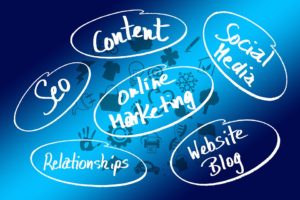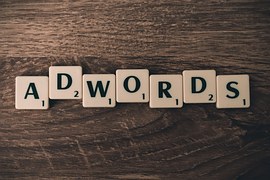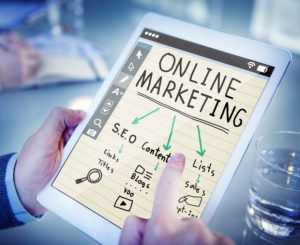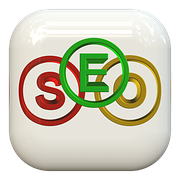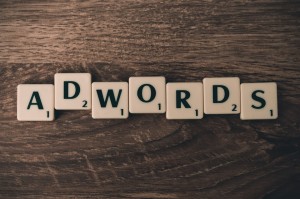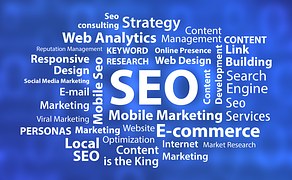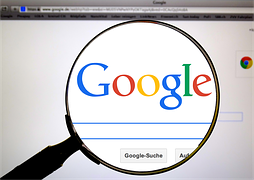Four Tips to Improve Your YouTube Marketing
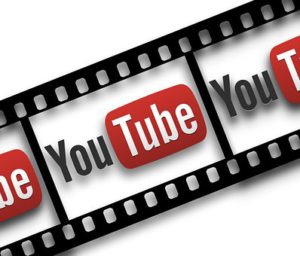
#1: Just as it’s true with a written blog post, or, indeed, any other form of advertising, content is king. That means that your YouTube video must tell an original and interesting story. People are simply not going to have much patience with a boring or conventional video. Engaging your audience is key, and it’s not always important for your content ideas to relate directly to your product or business. This is particularly true if you’re in an industry that’s hard to get people excited about. What sometimes is more important is linking your business with content that connects your product or service with a positive emotion. Think outside the box and remember to keep it interesting.
#2: While nobody expects your video to be Hollywood quality, it’s still important for it to be watchable. That means it must be clearly seen and heard. Make sure your camera is in focus and correctly aimed on the subject you are shooting. Also, be sure that your lighting is sufficient. In addition, understand that bad audio can tank your video within seconds. Even the most polished visuals will be wasted if the sound is too low, or there is too much interference or background noise. Viewers have come to expect a credible level of technical expertise. Don’t disappoint them.
#3: Make sure your video is find-able and that it reaches its intended audience. Focus on the title, the description, the tags, and the keywords. It’s important to remember that people who find your videos on YouTube are usually in the discovery stage of the buying process and not yet ready to make a purchase. For this reason, it’s important to choose keywords that are relevant to people who are looking for new information and to provide video content that educates them based on those keywords. Remember: the goal of your YouTube video is to warm up and qualify prospects. So, use your video as a call to action and make sure it’s easy for viewers to link back to your website, where you can continue the selling process.
#4: Sad to say, in most cases, one video, however brilliant, will usually not be enough. In other words: volume wins. Publishing consistently on a regular basis creates a “cadence” with your audience. Instead of stumbling on your videos, sometimes just by chance, they begin looking for your content and make a habit of checking your channel, looking for your next YouTube gem. And it’s this cadence that you ultimately want. The more times your loyal viewers come back, the better. The best advice for creating a content cadence is to set the tone from the beginning and let your audience know what to expect. Make your first video an introduction to what sort of content you will be publishing, and how often—and then whatever cadence you set for yourself, make sure you follow through. If you don’t, your audience will leave.
 1-844-47-Click (1-844-472-5425)
1-844-47-Click (1-844-472-5425)

